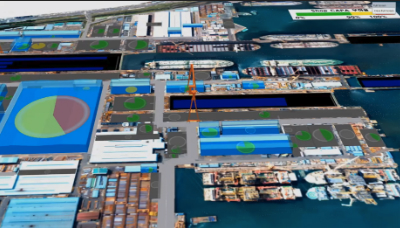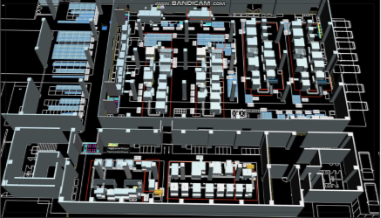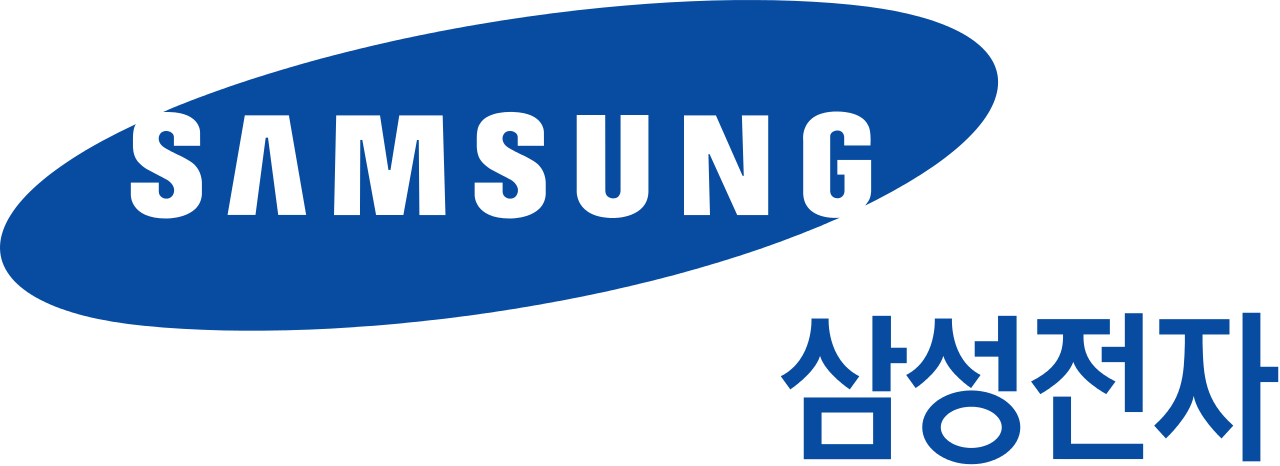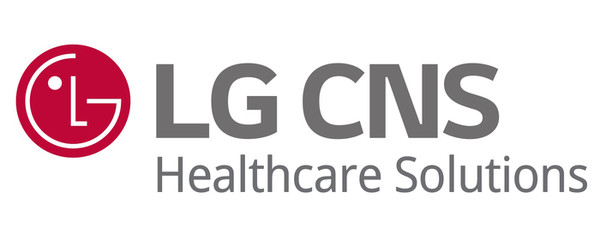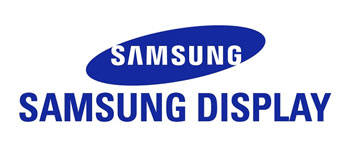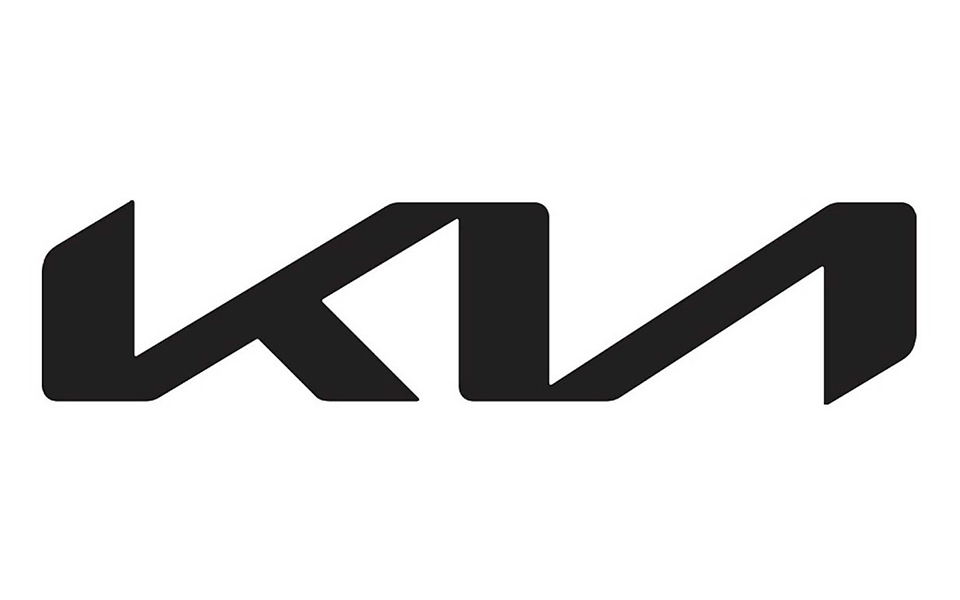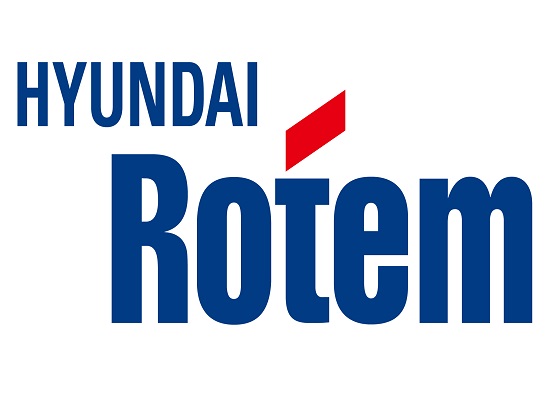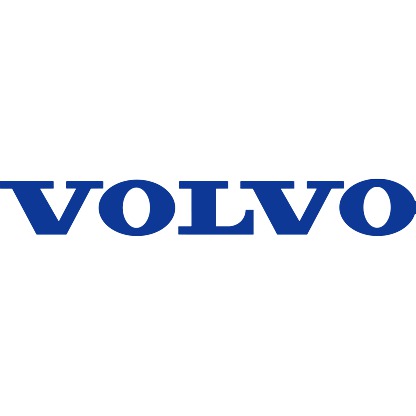Digital Simulation is an imitation or representation of the behavior of a real-world system or process through the use of computer-based algorithms, models, and computations. Digital simulation is widely employed across various fields, including engineering, science, and business, to better understand complex systems, optimize performance, and make informed decisions.
Wellstech has effectively executed simulation projects for the production processes and logistics operations of a major domestic manufacturing companies. Our team, featuring leading simulation consultants in Korea, has contributed to over 100 successful simulation projects.
The advantages of digital simulation
-
01
Cost savings
Reduce the cost of creating physical prototypes or conducting experiments. For example, you can reduce manufacturing and development costs by virtually simulating to test performance and reliability before making a major investment, such as building a new plant, expanding an existing facility, or mass-producing a new product. -
02
Reduce time
Reduce the time required for physical experiments or tests. You can quickly test different scenarios and analyze the results with event-driven progression in a virtual environment. -
03
Design refinement
In the early stages of a product or process, virtual simulation can help you compare different design options and find the optimal design. -
04
Provide a safe test environment
Test systems in hazardous conditions or environments and evaluate the safety, especially for worker mobility and work environments that are difficult to review from blueprints alone. This is important in many industries, including automotive, batteries, shipbuilding, semiconductors, and more. -
05
Data collection and analysis
Digital simulation can assist in collecting and analyzing data that is difficult to obtain in the real world. For example, you can simulate the behavior of sensor data in different scenarios to see how it responds.
Deployment process
-
01Define goals and scope
-
- Clearly define the goals and scope of the simulation to determine which parts of the processes or system will be covered

-
-
02Data collection and analysis
-
03Modeling
-
04Simulation Develoment and Validation
-
05Parameter adjustment and optimization
-
06Simulation running and result analysis
-
07Decision-making and improvement planning
-
08Real-world application and monitoring










